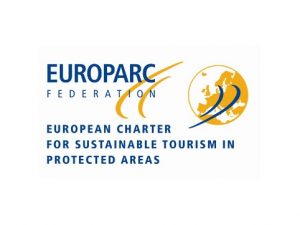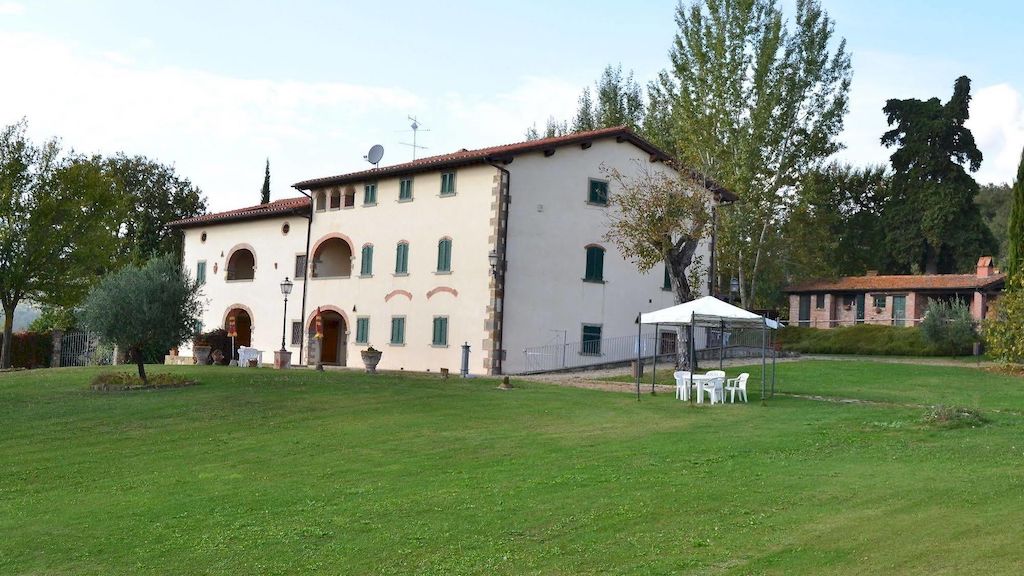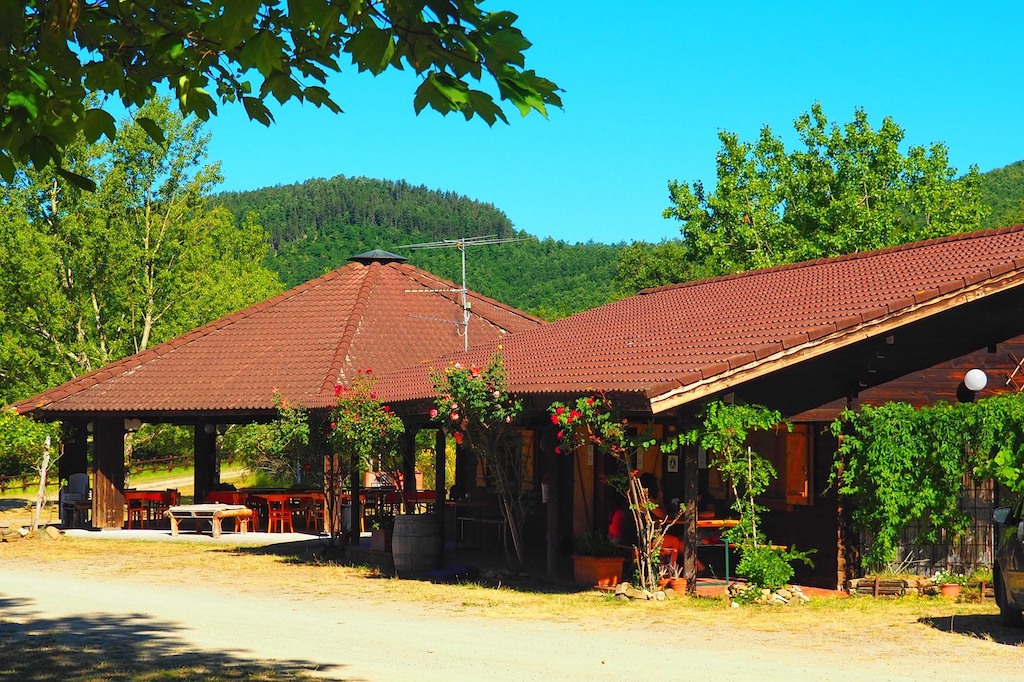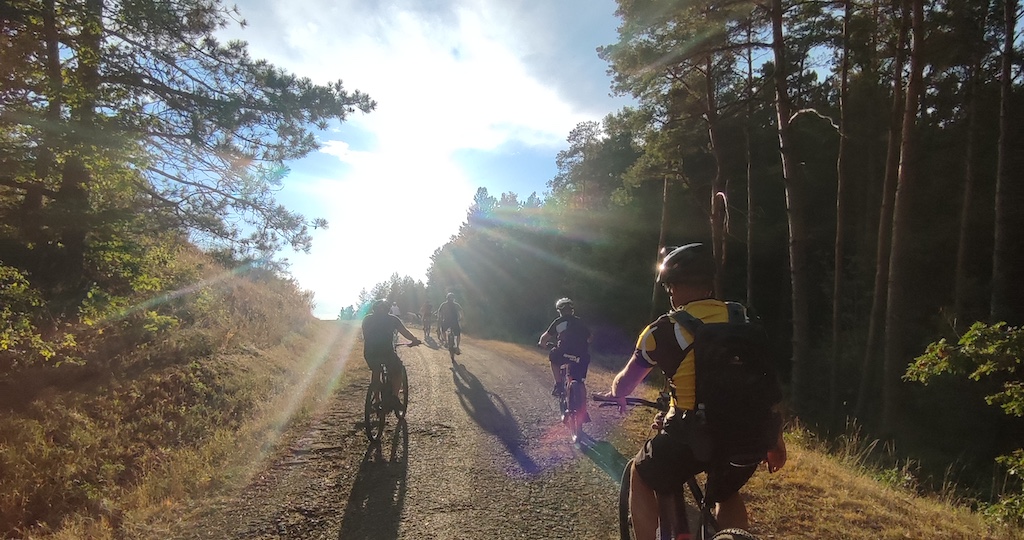
The National Park and Sustainable Tourism
The European Charter for Sustainable Tourism
Following the application process carried out in 2014 and the subsequent visit of the Europarc auditor, the National Park has obtained the prestigious recognition of the first phase of the European Charter for Sustainable Tourism (named CETS) and is now moving towards phase two of recognition of operators.
The European Charter for Sustainable Tourism in Protected Areas (CETS) is a methodological tool and certification that allows better management of protected areas for the development of sustainable tourism.
The core element of the Charter is cooperation between all the parties involved in developing a common strategy and an action plan for tourism development, on the basis of an in-depth analysis of the local situation. The aim is the protection of the natural and cultural heritage and the continuous improvement of the management of tourism in the protected area in favour of the environment, the local population, businesses and visitors.
CETS builds on the recommendations of the 1993 EUROPARC study “Loving Them to Death? Sustainable Tourism in Europe’s Nature and National Parks”, and reflects the global and European priorities set out in the Agenda 21 recommendations adopted at the Earth Summit in Rio in 1992 and the 6th Community Action Programme for Sustainable Development. The Charter is one of the priorities for European parks defined in the IUCN Parks for Life action programme (1994).
In addition, the growing importance of sustainable tourism development as a theme of international interest, was underlined by the “Guidelines for International Sustainable Tourism” of the Convention on Biological Diversity. The Charter directly addresses the principles of these guidelines and provides a practical tool for their implementation in locally protected areas.
CETS is coordinated by the EUROPARC Federation, which, with the support of the national sections of the federation (such as Federparchi-Europarc Italia), manages the procedure for awarding the Charter to protected areas and coordinates the network of certified areas.
Founding objectives of the Charter
To improve knowledge and support for the Protected Areas of Europe, fundamental subjects of our heritage, which must be able to be preserved and protected for present and future generations.
To improve the sustainable development and management of tourism in protected areas that considers the needs of the environment, local communities, local business activities and visitors.
The Principles of the Charter
Cets is based on 10 principles, which all participants in the Charter process subscribe to and which inspire all the actions of the Charter.
- Working in Partnership: involving all those involved in the tourism sector of the protected area, for its development and management
- Develop a Strategy: prepare and implement a sustainable tourism strategy and an action plan for the protected area with the responsibility of all the actors involved
- Protecting and improving natural and cultural heritage: protecting resources from reckless and high-impact tourism
- Quality: ensuring a high level of quality for visitors at all stages of their visit
- Communication: effectively communicating to visitors the specific and unique characteristics of the area
- Specific local tourism products: encouraging tourism linked to specific products that help to get to know and discover the local territory
- Improving knowledge, training: enhancing knowledge of the protected area and sustainability issues among all the actors involved in the tourism sector
- Quality of life for residents: ensuring that support for tourism does not entail costs for the quality of life of local resident communities
- Benefits for the economy: increasing the benefits of tourism for the local economy
- Flow monitoring, impact reduction: monitoring visitor flows and directing them towards a reduction of negative impacts
This CETS is an important tool coordinated by the EUROPARC Federation that manages the procedure for awarding protected areas and coordinates the network of certified areas.
The practice taken by the National Park, therefore, will hopefully end with the sharing and European certification of a local strategy in favor of sustainable tourism “that respects and preserves natural, cultural and social resources in the long term and contributes in a fair and positive way to economic development and the full realization of people living, working or staying in protected areas” (1996, “Tourism, basic principles for sustainable development” – World Tourism Organization [UNWTO])
Pursuing a tourism development thus conceived makes it necessary to reflect on all the forces of the territory and to strengthen all the positive interactions between the function of nature protection and tourist activities. The path, therefore, is naturally aimed at strengthening the cohesion between the National Park, the individual municipalities and the different economic and social sectors of the territory, in order to preserve and develop the sustainable authenticity of the Casentino valley.
For more information
www.parcoforestecasentinesi.it





